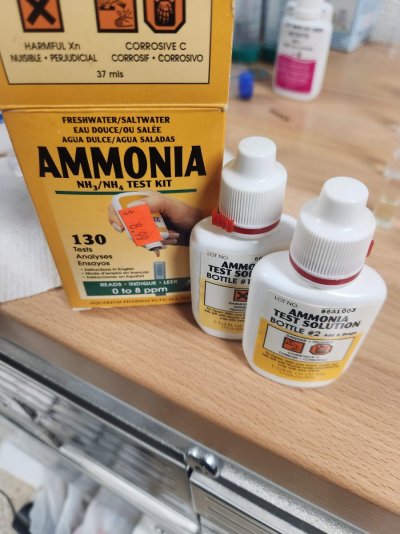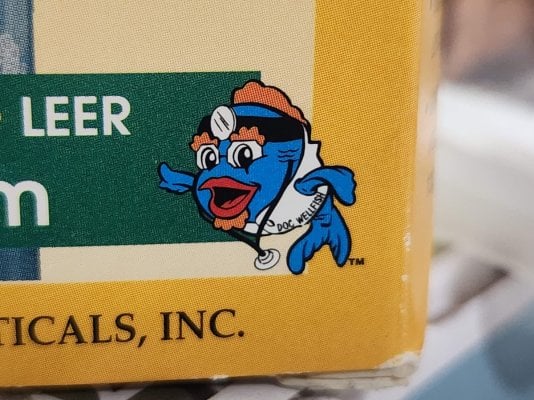yep. It's ideal for those purposes. Cheap, Liquids, scalable to small or large volumes, reliable linear color response to the things measured.
I don’t think there’s many test kit options for ammonia, nitrite, etc. API seemed to be one of the few the last time I checked. I only tested ammonia this last cycle. I know if the tank sits long enough with the right Bacteria and ammonia source it will cycle. So I try to avoid buying a lot of those test kits, but I was trying to see if Dr Tim’s method for fish-less cycling worked as fast as he said. If I remember correctly it took a little longer than I thought it would.




















